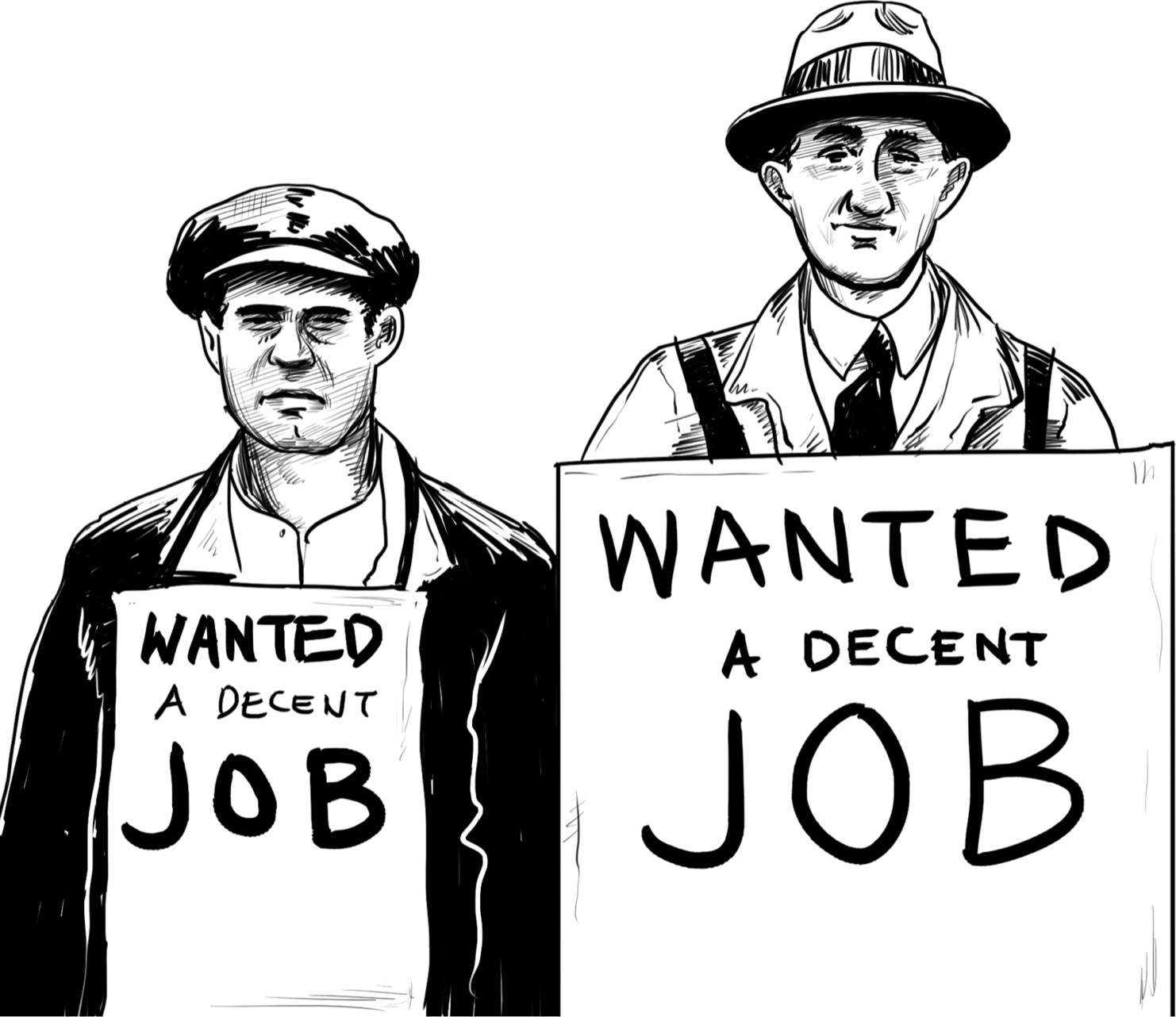CHAPTER 9
Depressing Times
The Empire State Building’s record for safety and speed would have been impressive at any time. It was even more amazing considering what was happening in the rest of the country. When the building was first planned, the United States was going through a period of wealth. Investors were becoming very rich. People thought anyone who worked hard could succeed.
Then everything changed. In October 1929, the stock market crashed. It plunged the United States and the western world into ten years of poverty called the Great Depression. Huge fortunes disappeared overnight. Banks failed. Many ordinary people lost everything they owned. Eventually, 25 percent of Americans were out of work.
The crash took place only a month after the demolition of the Waldorf-Astoria started. Raskob was very lucky. He did not lose his whole fortune. But he was risking a lot of his money to erect the world’s tallest building. It might have made more sense to drop the idea—or at least build something smaller and less expensive. Instead, Raskob decided to go ahead.

Raskob gathered together a group of investors. Supporting projects like the Empire State Building, he explained, showed their belief in the United States. He was sure the country could make it through the crisis. But people who still had money had to help. They couldn’t be afraid to spend their money on public projects.


Building the Empire State Building was clearly a good thing for the country during the Great Depression. It employed thousands of local workers. And its need for steel, stone, and other construction materials helped keep factories going all over the country. After it opened, the Empire State Building would still create jobs. It would need a staff of at least three hundred people just to run it.
